japanese beetle life cycle iowa
The Japanese beetle Popillia japonica Newman is a widespread and destructive pest of turf landscape and ornamental. Is necessary for the completion of the entire life cycle.

Japanese Beetles Begin Emergence Integrated Crop Management
The Japanese beetle did not appear in Iowa until 1994 but is now found in over 34ths of the state.

. These pheromones will attract other beetles who will overwhelm the host plant. The first confirmation in Iowa was in 1994 and it has been confirmed in 75 Iowa counties as of 2021. A female can lay up to 60 eggs in her lifetime.
Adults emerge from grass in late June and immediately begin to feed on low-lying plants such as roses and. The head and thorax are shiny metallic green and the. Japanese beetle scientific name.
When Japanese beetle grubs are sufficiently abundant in. Females lay eggs in spring when they emerge from the ground. The Japanese beetle occurs in all states east ofthe Mississippi River with sporadic infestations reported in California Iowa Missouri and Nebraska.
Feeding on grass roots. Adult beetles emerge in late June in southern Illinois and early July in central and northern Illinois. There are no.
It is common for this pest to be abundant in one part of a town and not others. The immature stage of the Japanese beetle the white grub typically has a. Please enter a valid location.
The males usually are. To date its progress west has not been beyond the states of Iowa and. In Iowa adult beetles emerge in mid-June through July.
APHIS maintains the Japanese Beetle Quarantine and Regulations that can be found in 7 CFR 30148. Adults begin to emerge in May and feed on foliage through September. The adult Japanese beetle is a little less than half an inch long and has a shiny metallic-green body with bronze-colored outer wings.
Homeowners encounter Japanese beetles during the early summer months as the beetle adults fly and gather in clusters to feed upon plant leaves consuming the soft leaf tissue between the leaf veins but not eating the leafs veins. Iowa Kansas Minnesota Missouri Nebraska North Dakota Oklahoma and South Dakota. Grubs cease feeding in October and overwinter 15 cm below the soil surface Figure 3.
Learn how and when to treat Japanese beetles and grubs with Blains Farm Fleet. The beetle has six small tufts of white hair along the sides and back of its body under the edges of its wings. As far north as Maine and south to Florida.
The Japanese beetle Popillia japonica has an annual life cycle. Adult Japanese beetles feed on and damage some field crops ornamental plants shrubs and garden plants. Life Cycle Japanese beetles have one generation per year in Iowa Photo 1.
It is not very destructive in Japan where it is controlled by natural predators but in North America it is a noted pest of about 300 species of plants including rose bushes. They are 12 inch long heavy-bodied oval beetles that are metallic green with coppery wing covers. Popillia japonica Newman Insecta.
However most of the damage to ornamentals and turf grass happens during the spring and fall the second year. How to Recognize the Japanese Beetles Life Stages. Japanese beetles are similar to other Junebugs in appearance and 38 inch long and 14 inch wide.
The immature stage of the Japanese beetle the white grub typically has a three year life cycle. Japanese beetles go through multiple stages in their life cycle. The Japanese beetle Popillia japonica is a species of scarab beetleThe adult measures 15 mm 06 in in length and 10 mm 04 in in width has iridescent copper-colored elytra and a green thorax and head.
Japanese beetles are similar to other Junebugs in appearance and 38 inch long and 14 inch wide. This beetle has been expanding westward after an accidental introduction in New Jersey in 1916. Growing degree days accumulated base 50F for Japanese beetle adults in Iowa 1 January-14 June 2015.
The adult beetle will start to feed on the host plant and spread pheromones. The damaging life stage of the Japanese Beetle life cycle is when the white grub is a larvae. Japanese beetle has a wide host range but corn and soybean can be fed upon primarily.
The adult Japanese beetle is a little less than half an inch long and has a shiny metallic-green body with bronze-colored. The egg larva and pupa life cycle stages develop underground and unless soil is removed or dug into these. Please see our website for current forms.
Scarabaeidae Introduction - Distribution - Description - Life Cycle - Host Plants - Damage - Management - Selected References Introduction Back to Top. First entry into an area is usually near transportation such as railroads or major highways. Iowa State University Plant Insect Diagnostic Clinic will identify your insect provide information on what it eats life cycle and if it is a pest the best ways to manage them.
JAPANESE BEETLE- LIFE HISTORY AND CONTROL. The cool spring has delayed development of many important crop pests across Iowa. The beetles life cycle takes one year.
Management of Japanese Beetle. Japanese beetle life cycle starts as an egg that hatches into a white grub then pupates and emerges as a shiny adult beetle. Growing degree days accumulated base 50F for Japanese beetle adults in Iowa 1 January-14 June 2015.
That is it takes one year to complete the development and growth from egg to adult and there is only one generation per year. These beetles have a bright appearance due to their color combination a metallic green head and thorax and a copper-colored elytra partially covering their abdomen. Japanese beetle has a 1-year life cycle.
Japanese beetle have one generation per year Figure 2. However with recent warm temperatures Japanese beetle adult emergence has been on track with previous years. The host range of this insect is very large over 300 species of plants.
A row of white tufts of hair can be seen protruding on both sides of their abdomen under their elytra. The Japanese beetle did not appear in Iowa until 1994 but is now found in over 34ths of the state. Females lay eggs in soil that hatch within seven to 14 days and grubs begin feeding on grass roots.
This pest was detected in New Jersey in 1916 having been introduced from Japan. Japanese beetle life cycle. Japanese beetles that were present last summer laid eggs in moist soil covered with grasses turfgrass waterways roadsides etc.
Japanese beetle adults begin emergence when approximately 1030 growing degree days GDD. What is the life cycle of the Japanese beetle. Japanese beetle Popillia japonica is a member of the Scarabaeidae scarabs family of beetles.
Adults begin emergence around 1030 degree days. Stage 1 eggs Stage 2 larva instar I II III Stage 3 pupa chrysalis Stage 4 adults. Life Death Cycle of The Japanese beetle Popillia japonica Newman is the most abundant and important landscape pest in Ohio.
The Japanese beetle is a highly destructive plant pest that can be very difficult and expensive to control. Base 50F have accumulated since January 1 and will continue emerging. 50131 - Johnston Iowa.
Adults prefer lighter soil for egg laying.

The Japanese Beetle Has Reached Its Peak Population In Places Across Iowa While Some Areas Of The State Have Not Seen The Bee Japanese Beetles Beetle Japanese

Beetle Fight Lego Amazing Lego Creations Lego Animals
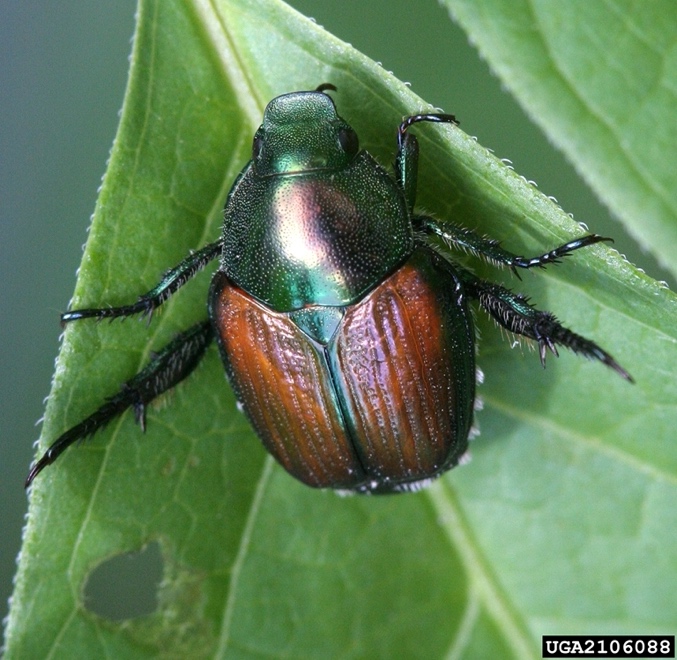
Japanese Beetle As A Pest Of Field Corn Land Grant Press

How To Get Rid Of Japanese Beetles In Your Yard
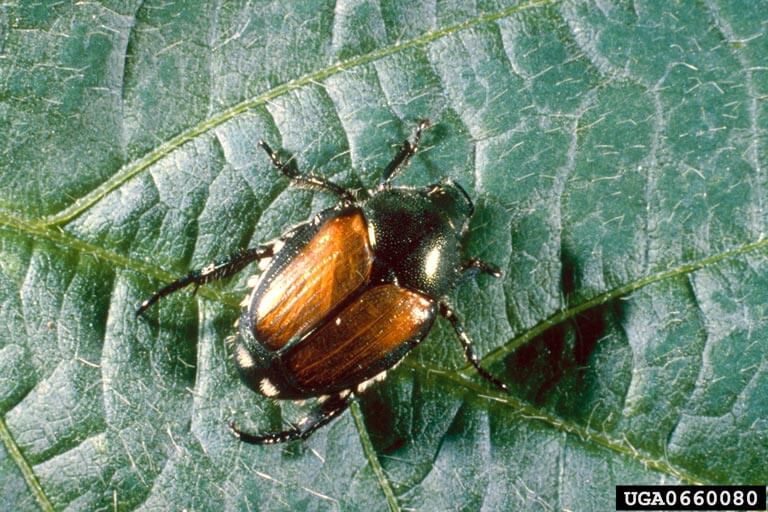
Japanese Beetle Soybean Pest Soybean Research Information Network Srin

Japanese Beetle In Corn And Soybean Integrated Crop Management
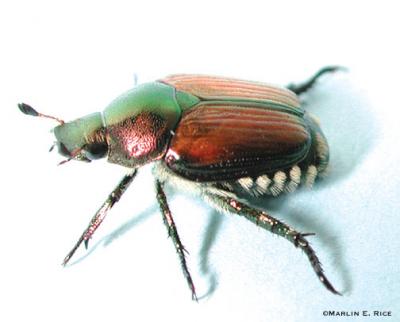
Japanese Beetle In Corn And Soybean Integrated Crop Management

Signs Of Japanese Beetle Infestations Shades Of Green Lawn Landscape
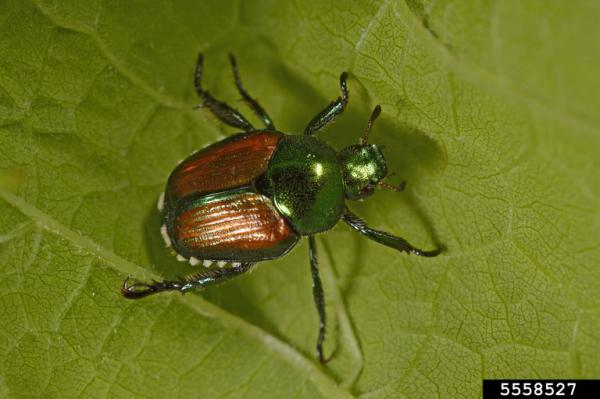
Japanese Beetle National Invasive Species Information Center
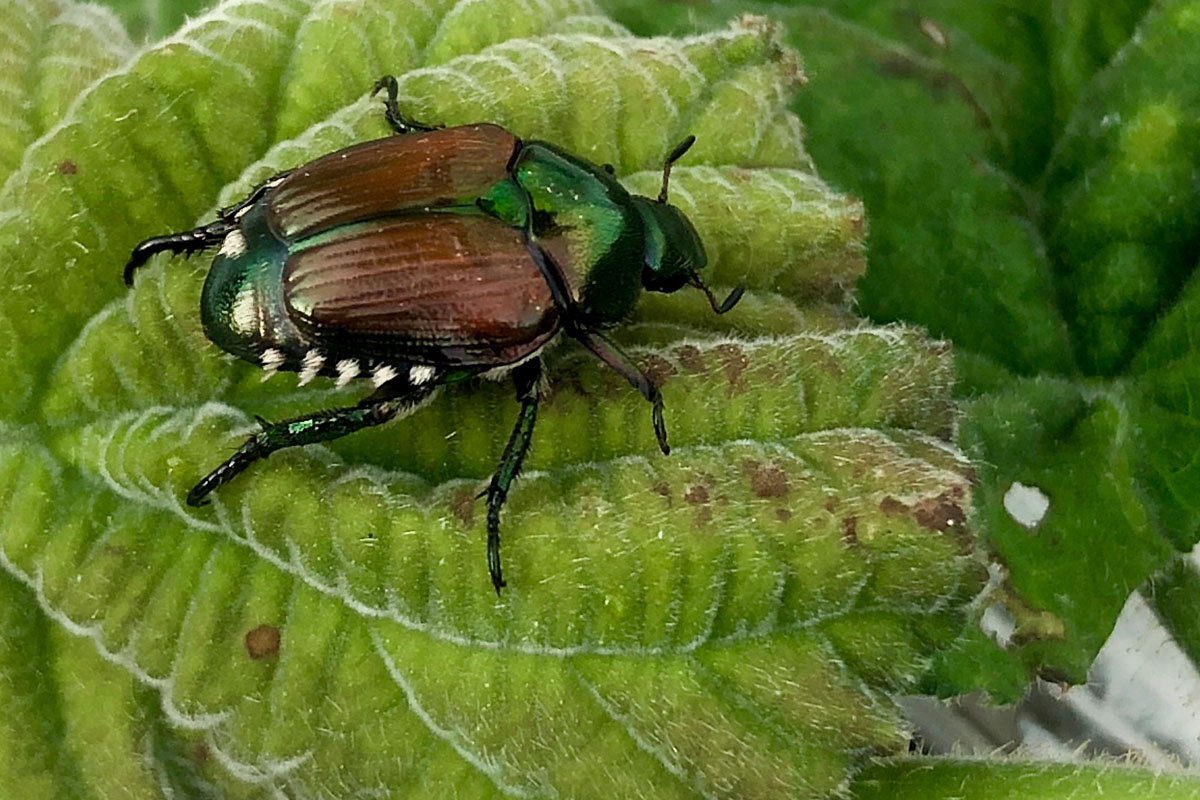
Japanese Beetle Control The Good Earth Garden Center

Japanese Beetles Meadows Farms

Japanese Beetles Expanding Range In Iowa Integrated Crop Management
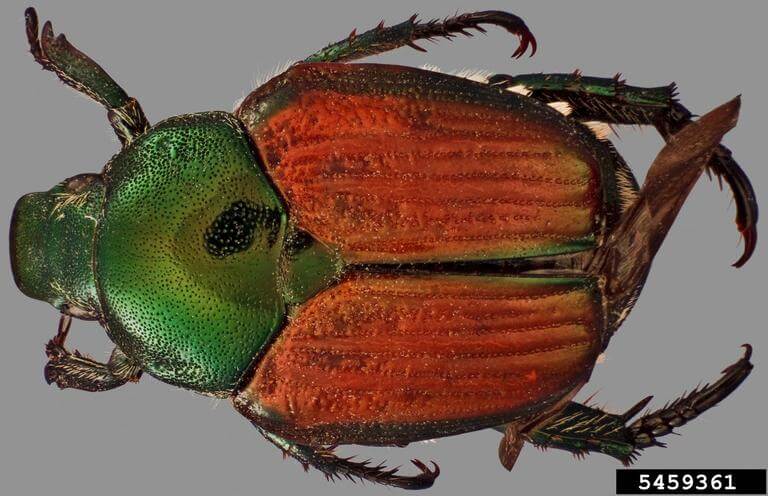
Japanese Beetle Soybean Pest Soybean Research Information Network Srin

Bioluminescent Bugs Predatory Glow Worms Discovered In Rainforest Webecoist Incredible Creatures Glow Worm Glow In The Dark
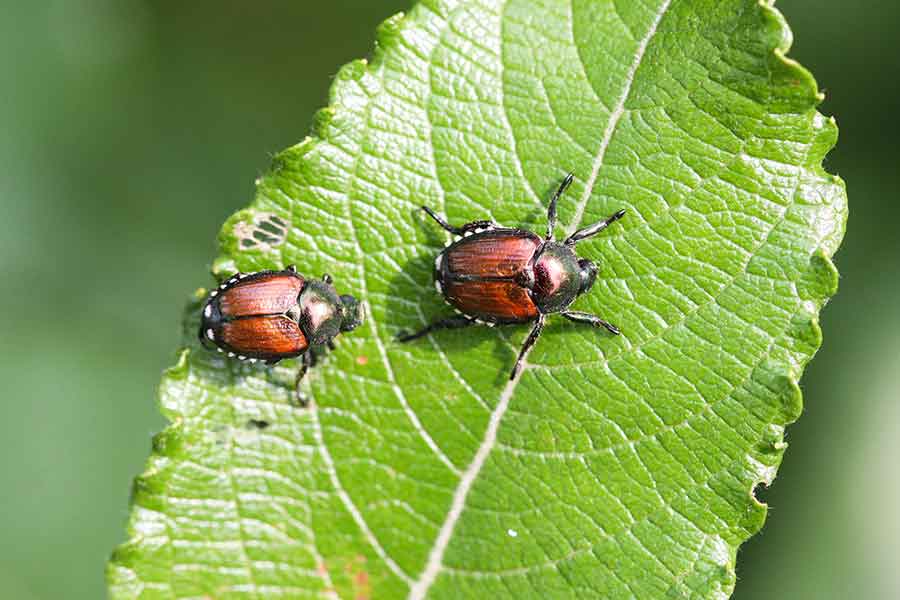
Japanese Beetle The Arbor Day Foundation
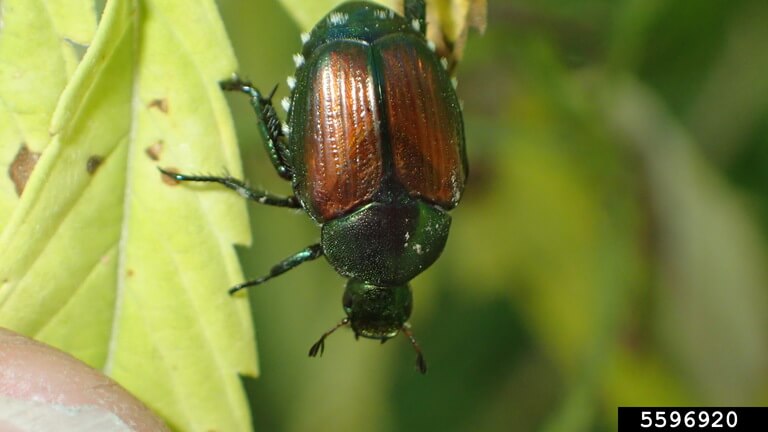
Japanese Beetle Soybean Pest Soybean Research Information Network Srin

Japanese Beetle In Corn And Soybean Integrated Crop Management
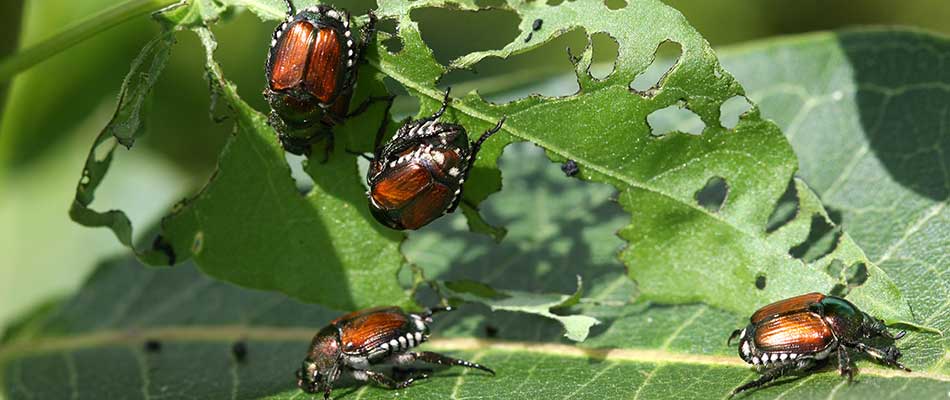
Japanese Beetle Control In Des Moines West Des Moines Ankeny Ia A Lawn Landscape
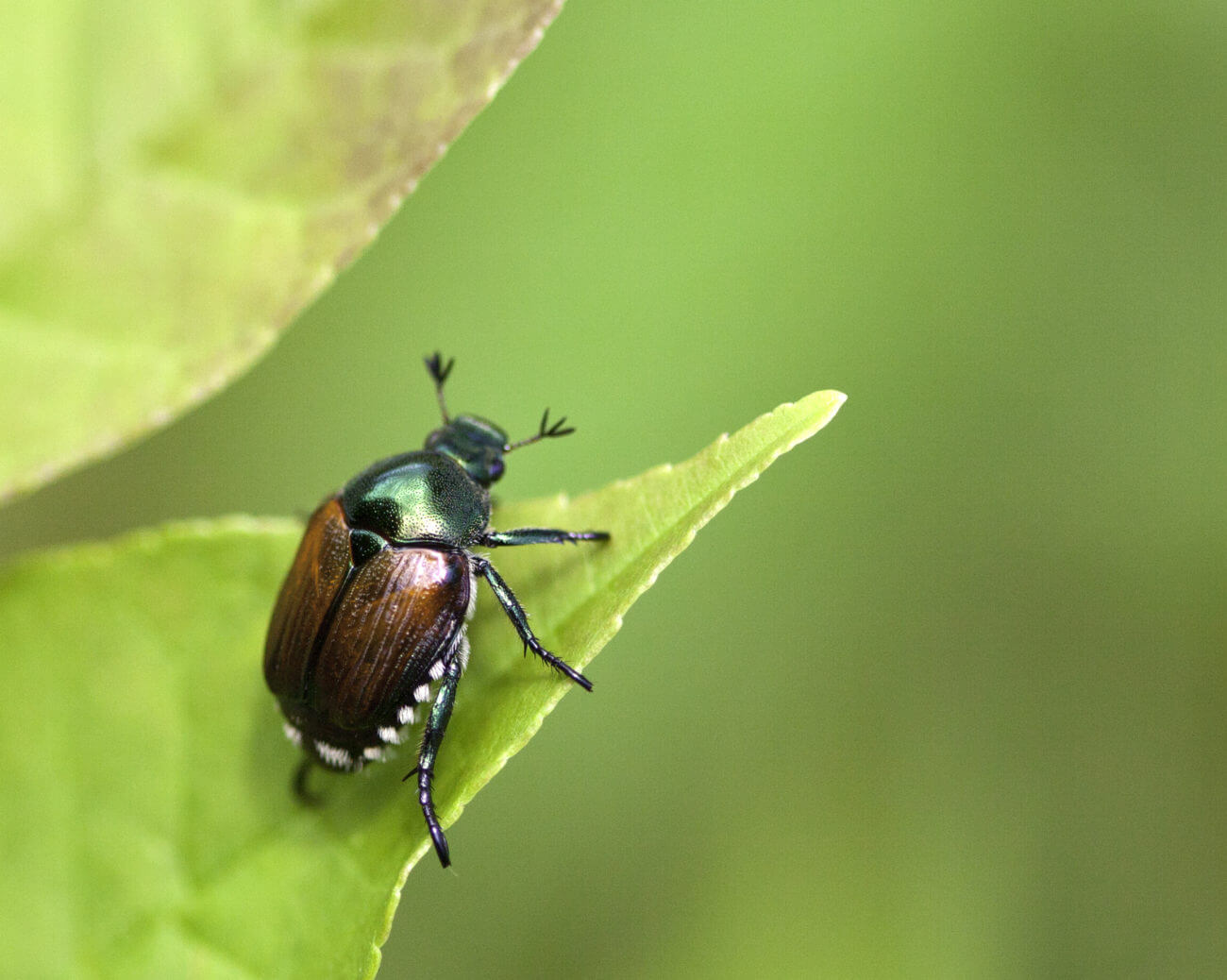
Japanese Beetle Soybean Pest Soybean Research Information Network Srin